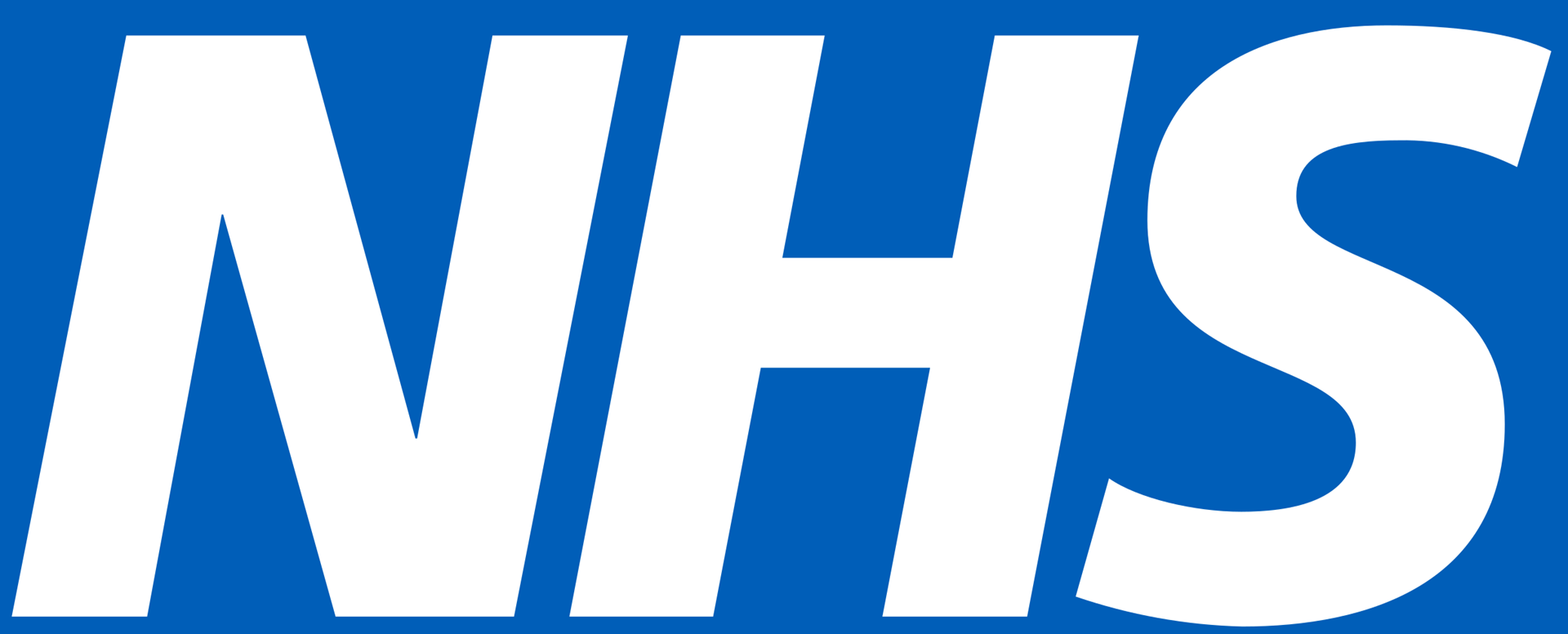When you attend for a test of any kind you will be told how long you should expect to wait for the results. Please bear this in mind and only call the surgery after sufficient time has elapsed.
Our reception staff are not qualified to comment on results therefore it is your responsibility to check them and make any necessary follow-up appointment with the doctor.
Please note that we do have a strict policy regarding confidentiality and data protection. In this respect we will only give out results to the person they relate to unless that person has given prior permission for their release or if they are not capable of understanding them.
